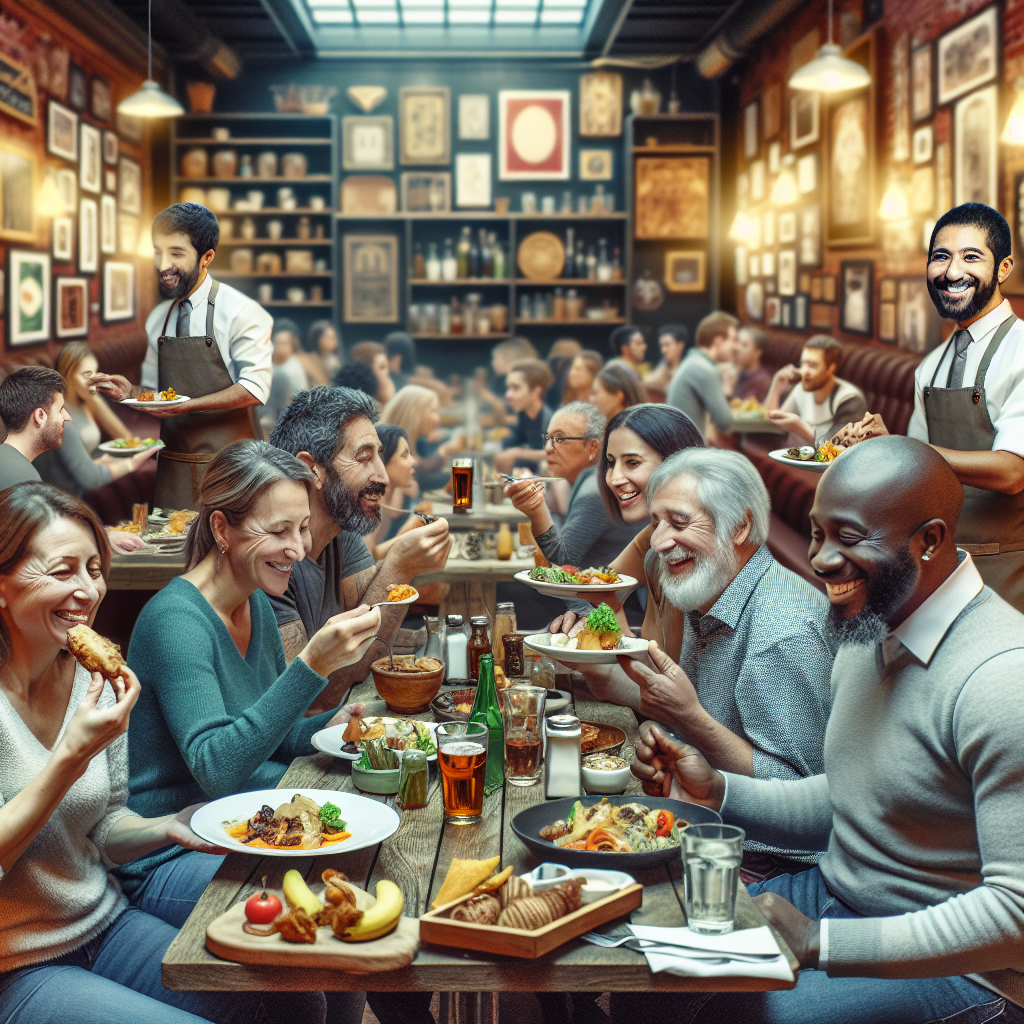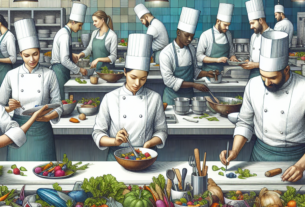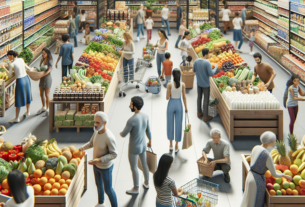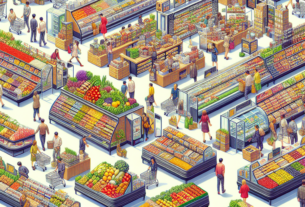The Future of Self-Checkout and Automation in Restaurants
The restaurant industry is constantly evolving, with new technologies and innovations making their way into the dining experience. One such innovation that has gained popularity in recent years is self-checkout and automation in restaurants. This report will delve into the current state of self-checkout and automation in restaurants, the benefits and challenges associated with these technologies, and the future outlook for their implementation in the industry.
Current State of Self-Checkout and Automation in Restaurants
Self-checkout kiosks have become increasingly common in fast-food chains and casual dining establishments. These kiosks allow customers to place their orders and pay without the need for interaction with a cashier. This not only speeds up the ordering process but also reduces the likelihood of errors in the order.
Automation in restaurants goes beyond self-checkout kiosks. Some restaurants have implemented robotic servers that can deliver food to tables, automated cooking systems that can prepare meals with minimal human intervention, and even AI-powered systems that can personalize the dining experience for customers based on their preferences.
According to a report by CulinaryCoverage.com, the adoption of self-checkout and automation technologies in restaurants is expected to continue to grow in the coming years. This trend is being driven by the need for increased efficiency, reduced labor costs, and the growing demand for contactless dining experiences in the wake of the COVID-19 pandemic.
Benefits of Self-Checkout and Automation in Restaurants
There are several benefits associated with the implementation of self-checkout and automation technologies in restaurants. One of the primary benefits is increased efficiency. Self-checkout kiosks can significantly reduce the time it takes for customers to place their orders and pay, leading to shorter wait times and improved customer satisfaction.
Automation in restaurants can also help reduce labor costs. By automating repetitive tasks such as order taking, food delivery, and payment processing, restaurants can operate with fewer staff members, saving money on wages and increasing profitability.
Another benefit of self-checkout and automation in restaurants is improved accuracy. Human error is a common occurrence in the restaurant industry, leading to incorrect orders and dissatisfied customers. By automating the ordering and payment process, restaurants can reduce the likelihood of errors and ensure that customers receive the correct items.
Challenges of Self-Checkout and Automation in Restaurants
While self-checkout and automation offer numerous benefits, there are also several challenges associated with their implementation in restaurants. One of the primary challenges is the initial cost of investment. Purchasing and installing self-checkout kiosks, robotic servers, and other automation technologies can be expensive, particularly for small and independent restaurants.
Another challenge is the potential impact on jobs. As restaurants increasingly turn to automation to streamline their operations, there is concern that this could lead to job losses for human workers. However, proponents of automation argue that these technologies can create new job opportunities in areas such as maintenance, programming, and customer service.
Future Outlook for Self-Checkout and Automation in Restaurants
Despite the challenges, the future looks bright for self-checkout and automation in restaurants. As technology continues to advance and become more affordable, we can expect to see an increasing number of restaurants adopting these technologies to improve efficiency, reduce costs, and enhance the overall dining experience for customers.
In the coming years, we may see self-checkout kiosks becoming a standard feature in most restaurants, with customers preferring the convenience and speed of ordering and paying without the need for human interaction. Restaurants may also invest in more sophisticated automation technologies, such as robotic chefs and AI-powered customer service systems, to further enhance efficiency and customer satisfaction.
Overall, the future of self-checkout and automation in restaurants is promising, with these technologies poised to revolutionize the way we dine out. By embracing automation, restaurants can stay ahead of the curve, meet the evolving needs of customers, and drive growth in an increasingly competitive industry.
In conclusion, self-checkout and automation are set to play a significant role in the future of the restaurant industry. While there are challenges to overcome, the benefits of these technologies far outweigh the drawbacks, making them a valuable investment for restaurants looking to stay competitive in a rapidly changing market.



